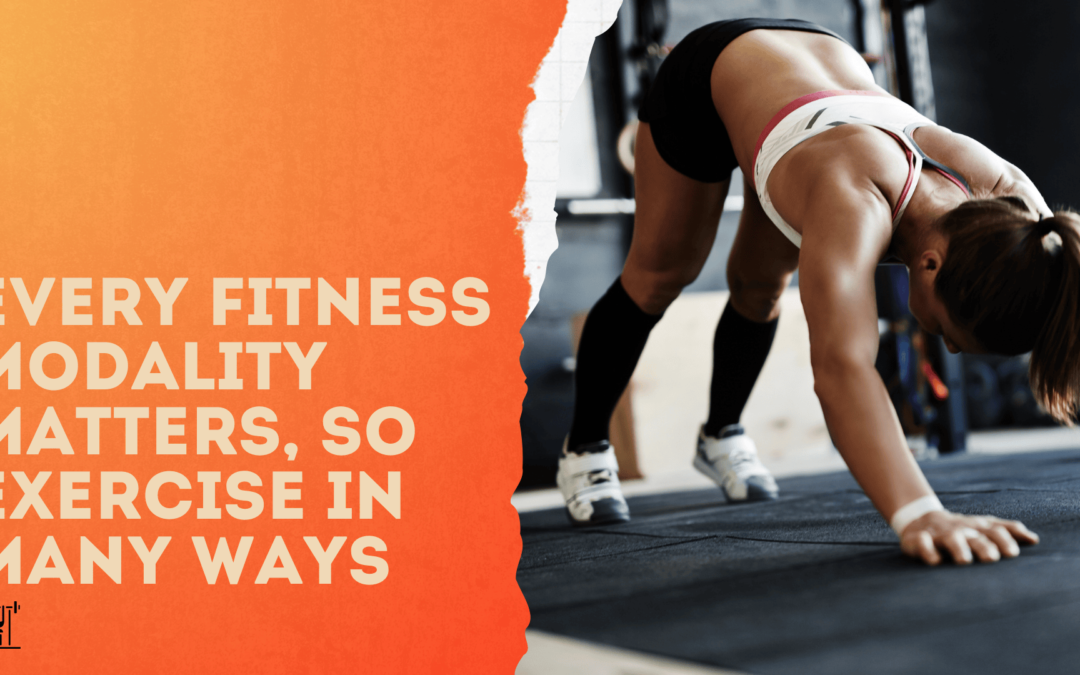Strength By Fitness
Strength + Cardio Beats Doing Just One of Them.
Welcome to another fact-based coaching article from Strength by Fitness.
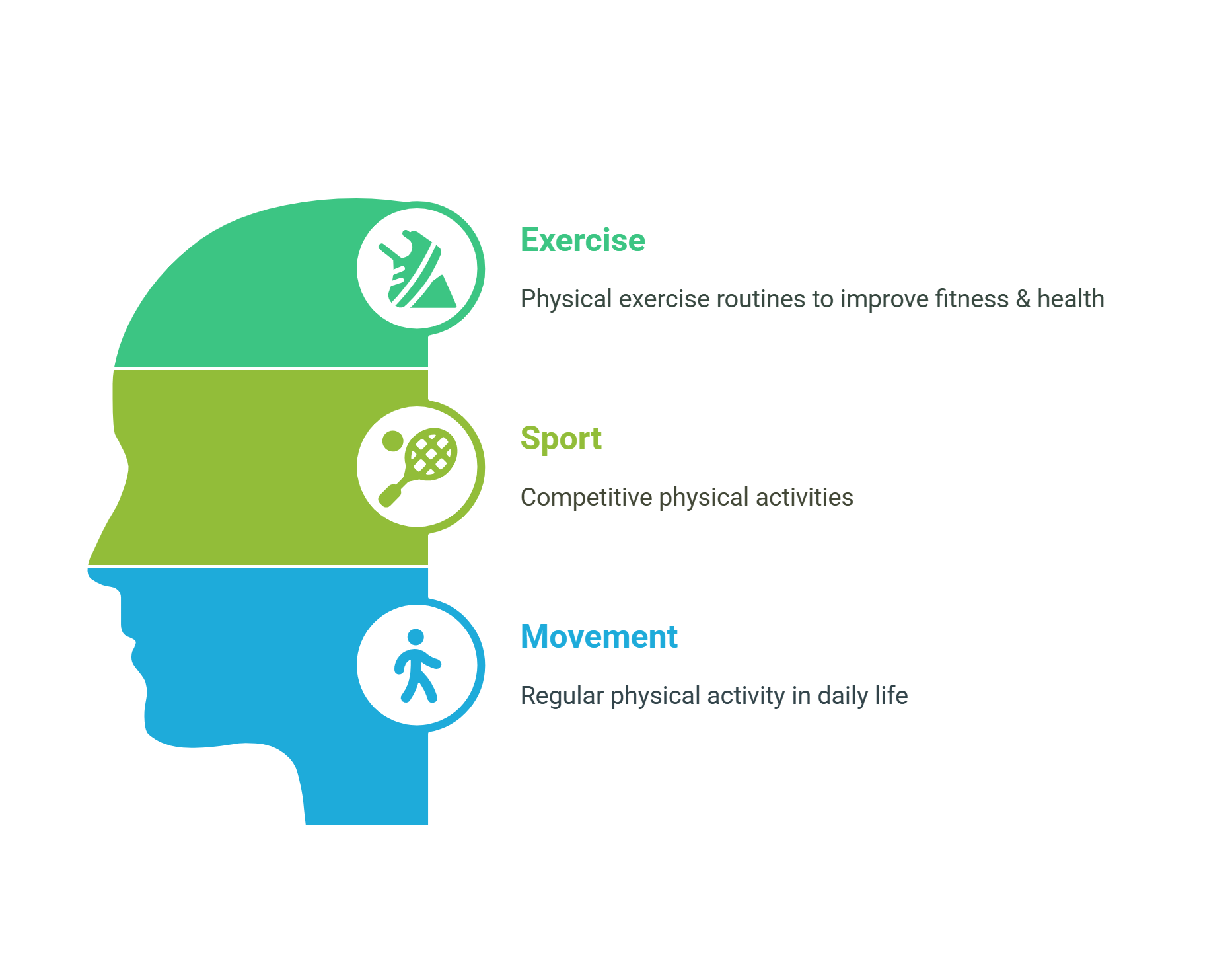
A healthy life is built on a trifecta of habits: regular weekly exercise, nutritionally complete daily higher SPC foods, and a properly scheduled, high-quality sleep routine. Just as what we eat matters, so do how we train and what we train on a regular basis.
The age-old question in many competitive sports and habitual fitness lifestyles centers on specificity. We ultimately become the product of our training and eating habits, after all, habits dictate outcomes.
Should you specialize in your exercise choices? Many younger, promising athletes are told by scouts, parents, and coaches to skip other forms of fitness and sports and focus solely on one main sport, with the expectation that they will eventually become highly paid professionals. This same thought process is seen across all age groups.
Fitness influencers, personal trainers, friends, and acquaintances all proclaim that runners should only run. They assert that big, strong men should focus solely on building strength, often saying, “Only train heavy as hell, low reps, bro!” Others claim that it’s all about a super-strict, form-over-effort, bodybuilding style with a life-altering mind-muscle connection, lower weights, and more reps and volume, as long as you eventually reach failure.
Gymnasts are told not to strength train and to avoid bulking up, while soccer players are advised not to lift weights nor eat too much protein. Ice hockey players are encouraged not to get overly strong, and gym-goers are told to only walk—as if explosive sprints and great endurance would somehow cut their strength and lean muscle mass in half.
Needless to say, we know better. So do it all.
All fitness modalities provide a big overlap of benefits as well as unique health & fitness outcomes you will not get otherwise. Training across all modalities makes you fitter & healthier. It will not hold you back.
Coach Mike, Strength By Fitness.

When combined, Aerobic & Strength training provide optimal health, and fitness benefits versus performing either on their own.
It doesn’t stop there, however. Even when we narrow it down to strength training and aerobic exercise, the methods we use provide both overlapping and unique adaptations and benefits.
Slow running is incredibly beneficial; the exercise-related exhaustion and recovery cost are far lower than those incurred from high-effort running at faster speeds, all while delivering amazing cardiovascular and fitness benefits. However, if all you ever do is slow running, you’ll never keep up with someone who consistently runs harder and faster.
Running fast versus sprinting yields many shared adaptations and outcomes. Yet there are also differences that result in slightly varied outcomes and capacities over time. Strength training, too, is no different in this regard.
Big weights are great, but so are higher reps with lower weights taken closer to failure. Lower-volume strength training offers advantages, such as a vastly lower recovery cost, yet higher-volume training provides its own benefits and challenges.
Slow repetitions during strength training elicit outcomes of their own, some of which are advantageous, while explosive reps deliver their own unique benefits. Similarly, opting for big compound exercises instead of strict isolated choices follows the same fact-based reality: both approaches offer distinct benefits.
At this point, I´ll give you a TLDR to take with you.
Do it all. Because all these fitness modalities and uniquely different ways of approaching how you actually go about training those sports and fitness forms will give you overlapping, yet uniquely complementary health and fitness benefits and outcomes in capacity, performance, and body composition.
Coach Mike, Strength By Fitness.
A handful of Studies.
The effort, volume, intensity, and duration of a person’s exercise habits will result in divergent adaptations over time.
For example, the outcomes of strength training are driven by the development of new myofibrillar and mitochondrial proteins, which increase muscle size, strength, and muscular endurance. These benefits become even more pronounced when your nutritional habits are approached from a proper, fact‑based high-protein perspective.
But this is not the only effect of lifting weights, and the way we train also matters.
For instance, lifting heavier loads, around, or exceeding 70% of 1RM builds both muscle mass and strength, whereas moderate‑intensity continuous exercise (approximately 70% of HRmax) and higher‑intensity interval training (85%–90% of HRmax) provide overlapping yet distinct aerobic and cardiovascular adaptations.
In addition to increasing muscle size and strength, strength training also causes mitochondrial adaptations and elicits outcomes typically associated with aerobic exercise.
For example, performing strength training near or beyond RIR 0 with lower‑to‑moderate weights and a higher rep range will lead to an increase in mitochondrial proteins and improved muscle oxidative capacity. Lengthened full range of motion reps seemingly cause greater adaptations relative to shortened range of motion.
Thus, how we execute each type of exercise matters, no single method of training can replace all the benefits and outcomes of another. As I like to tell hypertrophy‑obsessed gym goers: hypertrophy is a fun outcome that makes you both stronger and healthier.
However, if you focus solely on lean muscle mass gains, you miss out on many health and fitness benefits that strength training can provide when you sometimes train with heavier loads and greater intensity. Conversely, those who never push to a high‑rep failure are also missing out, much like people who never sprint or subject their bodies to a heavy, high‑rep cluster set taken to failure with intense, explosive reps.
It’s all uniquely beneficial, and those who train exclusively in one manner are missing out.
Accepting this does not change the fact that you must be thoughtful and fact‑based in designing your fitness plan. The human body needs downtime and recovery in combination with adequate nutrition, in order to progress.
But it’s not that complicated or mystical.
Lift weights 2 to 4 times per week. Take daily walks outdoors. Run slowly, but for a longer duration, once or twice per week, and incorporate an explosive, sprint‑based session perhaps once per week.
Adjust the volume to a level you can recover from so that you feel like a normal, happy, healthy human being, and you’re all set. Running will not kill your lean muscle mass and strength, nor will strength training make you a slower runner.
It’s only in the most extreme cases that any clash might occur instead of reaping benefits. Speaking of benefits, regular exercise improves sleep and helps mitigate the negative health outcomes of insufficient rest.
Strength training is making runners better, not slower.
In one study cited later in our article, Loughborough University conducted a 10‑week randomized study with 28 well‑trained male runners. The participants had an average VO₂max of 58.6 ml/kg/min and a 10K time of approximately 39 minutes, so there were no couch potatoes involved.
The participants were divided into two groups. One group continued their usual endurance‑only fitness routine, while the other added two weekly strength training sessions on top of their endurance training. The strength training group performed squats, leg presses, calf raises, and plyometric exercises (such as drop jumps) in addition to their standard regimen.
The outcome? The strength training group maintained better running economy, with a 2.1% improvement 90 minutes into the endurance test. In contrast, the endurance‑only group experienced a 0.6% reduction, indicating a slight decline in performance over the study period.
Furthermore, the endurance‑plus‑strength training group displayed more favorable blood lactate outcomes during the test, pointing toward improved metabolic efficiency while running. Overall, this combined group progressed better and exhibited measurably greater durability. Highly intense performance after a 90‑minute run improved significantly: time to exhaustion increased by 35% in the endurance‑plus‑strength group but declined by 8% in the endurance‑only group.
In the strength training world, similar trends are observed. Individuals who combine strength training with running, or engage in other forms of aerobic exercise, such as martial arts or biking all tend to have better health outcomes and endurance. They run more efficiently, jump higher, and move faster compared to those who only strength train. And as long as you eat and train for strength, and lean muscle mass as the priority the inclusion of these aerobic fitness activities do not result in a loss of strength, and lean muscle mass.
Do it all, people.
Do you need help maintaining better lifestyle habits?
Strength By Fitness provide private coaching, online, and on-location, in-person.
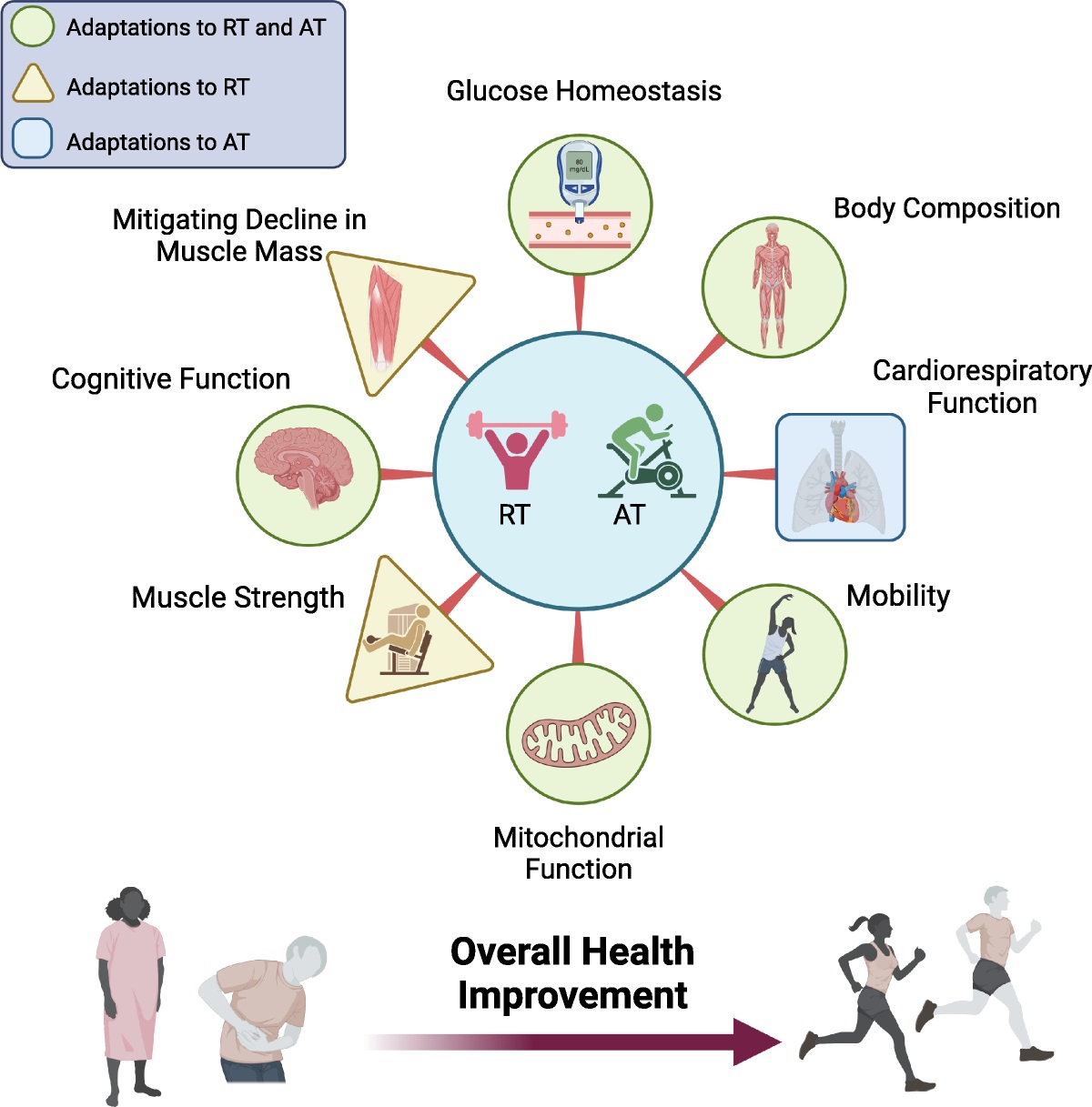
Cited Study, and Image source.
Its all fun and good, and positive to be fit. But its also of incredible importance on a larger society wide population level.
First of all, people are increasingly becoming less physically capable, even at a young age, due largely to our failure to promote physical activity and healthy fitness habits in society, all while discouraging each other from picking up healthy, fact-based fitness activities.
Secondly, as we become sicker, fatter, and less physically capable as a species, our population is also aging. Consequently, a larger segment of the population, both worldwide and within each nation, is becoming elderly. Older people require more healthcare and assistance, unless they maintain a high level of health and physical fitness.
Sarcopenia, the age‑related loss of muscle mass, strength, and function, is closely linked to morbidity and mortality. However, sarcopenia is not driven by genetics or age; rather, it is largely the result of our habits.
Currently, medical costs associated with sarcopenia in the US alone are estimated to be around $19 billion per year in direct and indirect expenses. As the population continues to age and decline in physical capability, these costs are expected to rise even further.
Moreover, consider the individual tragedy of becoming physically incapable, a burden that requires assistance with nearly every task, when the outcome would have been far better if that person had taken care of their cognitive and physical capacities. This is not about judgment; there is no moral condemnation here. It is simply a tragedy for those who suffer from deteriorated health and diminished abilities that largely would have been avoided if healthier lifestyles had been the norm throughout society.

Older people need more protein per meal and day. and they need regular strength training, and aerobic activity and exercise.
When I say “older people,” I’m including young folks, too. Health and fitness are built today, not the distant tomorrow, and poor health and lackluster physical capacity offer no upsides. While it’s never too late to adopt better lifestyle habits, it’s also never too early to begin the journey toward a healthier, fitter, happier, and more capable you.
The more excess fat mass people carry, the worse their health outcomes. For instance, joint pain and other issues increase with excess body fat. In addition, higher body fat is linked to a greater risk of heart problems, diabetes, reduced hormone production, cancer, dementia, Alzheimer’s, and other forms of cognitive decline.
Simply put, the worse off you are today, no matter your age, the poorer your outcomes will be tomorrow. Similarly, the better you maintain health- and fitness-friendly food and lifestyle habits today, the better you will feel now–and the healthier and more capable you will be in the future.
In our many articles here at Strength By Fitness, you’ll find plenty of fact‑based support for a nutritionally complete, high‑protein food approach that delivers a large amount of nutrients per unit of energy, also known as protein-rich, higher SPC.
Adopting this approach, with a higher SPC and increased total protein consumption per meal and throughout the day, will lead to lower overall food intake, less excess body fat, and a healthier you. This way of eating is associated with a lower cancer risk, the mitigation or even reversal of diabetes, prevention of obesity, and far better adherence because it’s simple to eat like this, yet it delivers the best outcomes for health, fitness, and body composition.
Yes, you can build better health, fitness, and body composition with a basic RDA protein intake, too. You could even eat nothing but greasy MCD burgers and fries and not become obese. However, those lower‑SPC food choices make it much more challenging to achieve optimal results because they tend to drive significantly higher food consumption and energy intake. While also being nutritionally insufficient.
Data from Hava, another high‑protein, SPC outlet, shows that a low‑SPC diet results in nearly twice as many calories consumed while delivering substantially fewer nutrients per unit of energy compared to a very high‑SPC diet.
We recently discussed another study that made it clear that ultra‑processed, low‑SPC foods easily add 500 and 1,000 extra calories to the average person’s daily intake, all year round. For many the increase in nutritionally poor energy is even higher.
No wonder people are increasingly becoming, unhealthy, overweight and obese.
High SPC & regular exercise.
, In one of our recent articles, we discussed metabolic health, fitness, and SPC. In other older pieces, we highlighted how a protein intake of over 1.6 g per kg of body weight per day can nearly double lean muscle mass progression compared to an RDA intake when steroid-free individuals participate in the same fitness plan.
Of course, the absolute gain in lean muscle mass isn’t staggering, after all, steroid-free people like myself, don’t build 20 kg of lean muscle in a year. Nonetheless, how we train, what we train, and how we eat matter tremendously. The differences in our habits drive incredible variations in outcomes.
The good news is that it is very easy for you to form better habits and drastically change the trajectory and capacity of your life. It’s not genetics holding you back or making people obese. It isn’t insulin or carbohydrates, it’s your own habits related to food, exercise, alcohol, daily life, and sleep.
Ergo, if you want to avoid being frail, sickly, and physically limited as you age, start exercising, and never stop, and adopt a higher-SPC, high-protein approach to eating.
And please accept that walking is not a substitute for lifting weights. You need to do both. Neither slow running nor walking will build better strength and lean muscle mass. Likewise, just because you deadlift and row with big, explosive reps and heavy weights doesn’t mean you’ll transform into a retired master runner who effortlessly runs victory laps around every other 50-year-old on the 1500‑meter track.
You need it all.
Lift weights 2 to 4 days per week. As you age, your capacity to handle volume decreases, so focus on training with heavier loads while ensuring you stay injury‑free, train heavier, but with strict form.
Eat more protein because protein synthesis declines, albeit slightly, as we get older. Nutrient absorption and, to a small degree, our anabolic response to strength training also decrease. However, that reduction is minimal. If you maintain strength training with heavier loads while enjoying a high-SPC, high-protein diet, you could potentially outlift a moderately fit 30‑year‑old at the ripe age of 80, if you really go for it.
A comprehensive fitness routine also means taking daily walks, preferably in daylight, and incorporating slower runs once or twice per week. These slow runs don’t have to be ultra-long; one or two sessions a week will do. And if you can, add one sprint interval session per week, keeping it shorter and lower in volume with plenty of rest between sets, just as you do with your strength training. If you can’t sprint, perhaps try boxing or another form of interval‑based combat sport once or twice per week.
The reason is simple: we become how we train and eat. A body that can sprint up five to ten steps or explode out of a deep squat is one that can prevent a fall, or at least mitigate its impact, when it eventually happens.
A body that can row heavy weights, push and pull big ass loads, and master the full stack of most gym machines is a body that can shower and use the bathroom without assistance, go for walks, shop for groceries, swim, hike, pick up the mail, tend the garden, and even cut the lawn with a scythe instead of watching a mindless robotic mower.
Being able to cook, do the dishes, clean, and even take a hike on your own is a priceless quality of life as you age, especially when so many younger people struggle with these basic tasks.
This isn’t about genetics or society. It’s all about habits. Habits build outcomes. They provide a roadmap to your future self. So take control of that trajectory today.
Body and mind.
The human health span, and the benefits of exercise, aren’t just about our bodies. They also extend to our minds. Because what’s good for your glutes and pecs is equally beneficial for your brain’s command center.
Compared with a sedentary control group, participants who performed strength training twice a week for at least 16 weeks at a moderate intensity (around 70% of their 1RM) were much more likely to improve overall cognitive function, even among older adults.
Aerobic exercise is similarly effective, as both strength and aerobic training positively influence cognitive health and function, albeit in slightly different ways. Once again, do it all.
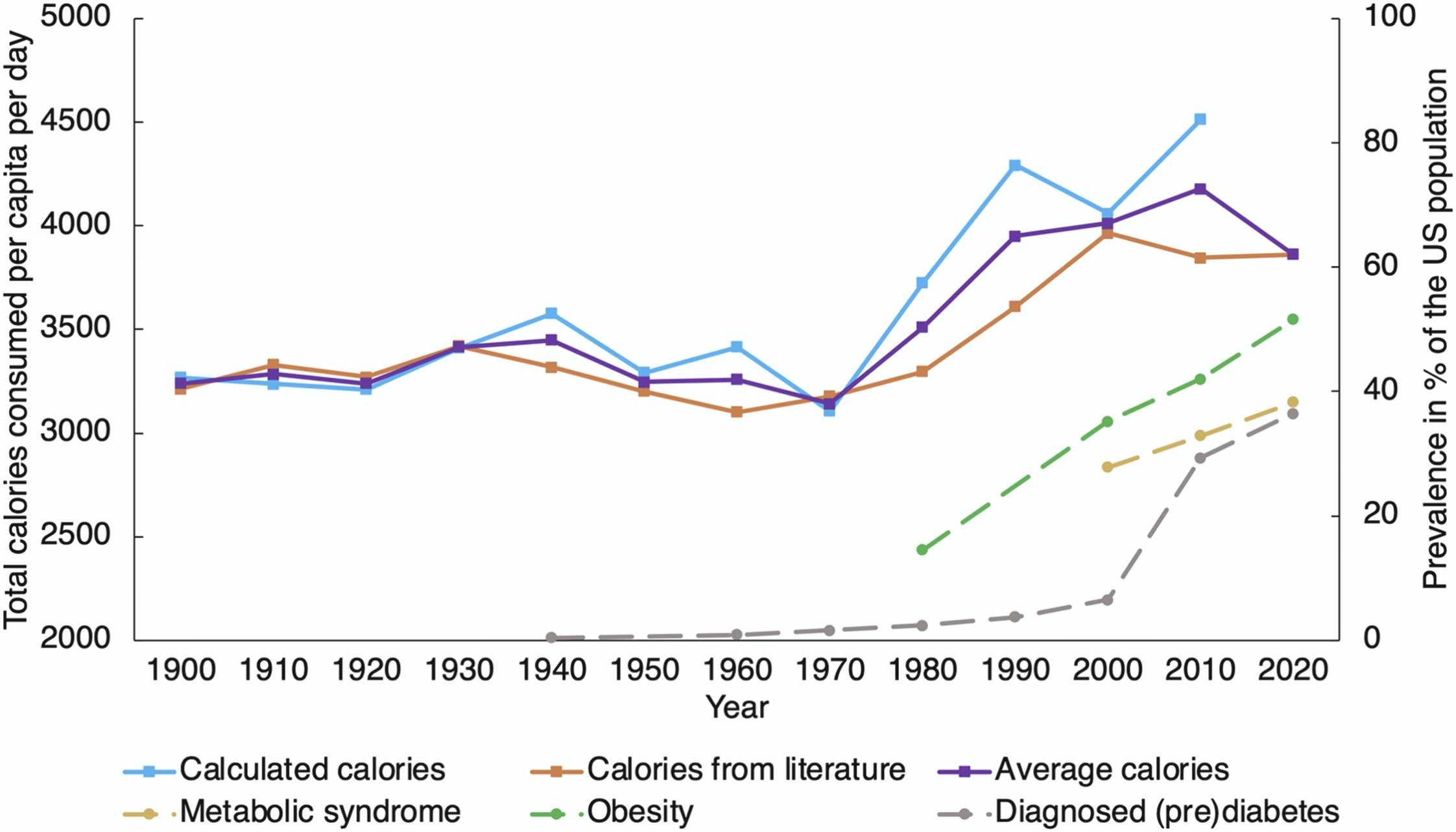
Kill the myths.
In one of the cited studies below this article, you will be able to verify that increased physical activity and fitness just wont get offset by an equal reduction in resting metabolic rate. There might be a trivial decrease, but it will never be large enough to prevent you from losing excess fat when you combine exercise with healthy, moderate‑to‑high SPC foods, nor will you ever miss out on the added health and fitness benefits of that weekly exercise.
No one does that. Moreover, there is no “magic” fat set point that automatically restores lost body fat. It’s all about adherence to habits, because habits build outcomes throughout life. What works does not suddenly stop working: assess, adapt, and maintain health- and fitness-friendly habits at every stage of life.
This holds true regardless of whether you’re metabolically unhealthy or not. It simply means you may need to make more, or, bigger, or smaller adjustments. Assess and adapt to your own unique progression.
How about cancer?
Cancer risk and outcomes are closely linked to our habits. Yes, even if you adopt great habits, you can still develop cancer, no matter how well you take care of yourself, you’re not bulletproof.
However, adopting healthy, active habits in every aspect of your life, from nutritious eating and daily walks to moderate sun exposure and regular weekly exercise that includes both strength training and aerobic activities like running, dramatically reduces the risk for many forms of cancer. These same habits also increase the odds of surviving cancer if you do develop it.
The same principle applies to cancer treatments. Study after study shows that patients who are fitter experience fewer side effects during treatment.

About this image, nutrient intake between 1900 and now, see this study for the data and image source.
Intake of fat has increased drastically with added sugar reaching about 340%, and that is a number that is absolutely insane because added sugar provides no nutritional benefits, its pure energy.
Lines indicate percentual deviation from the baseline (macro)nutrient intake in the year 1900. Healthy whole plant-based carbs have not changed much however compared to 120 years ago. So when people claim that carbohydrates have increased it is the added sugar in all the processed foods and consumption of low SPC foods that´s increased.
Poor food habits and to little exercise per week are driving poor health outcomes, obesity, cancer, dementia, and metabolic syndrome. Habits, not genetics.
Cancer and no muscle mass.
Low muscle mass is associated with an increased risk of developing cancer, higher cancer‑induced mortality, poorer treatment outcomes, and more severe side effects.
As I have pointed out many times, regular physical activity has clearly measurable and significant benefits for people with cancer. These benefits include improved physical and psychosocial function, increased fatigue resistance, better quality of life, reduced recurrence, and enhanced survival.
Strength training by itself, or combined with aerobic exercise, provides superior outcomes compared to aerobic exercise alone when it comes to reducing both all‑cause and cancer‑related mortality.
Once again, do it all, people.
Obese Sedentary People Can Have More Absolute Muscle Mass Than a Healthy Fat Mass Person Who Exercise.
But that is irrelevant, so that should never be your focus. Having more muscle mass due to being obese but sedentary has no positive health effects. It is only beneficial if it´s muscle mass, explosiveness, and strength due to regular exercise.
Many recent studies and meta-analysis’s has proven that strength training is effective in reducing fat mass in overweight/obese older adults. Strength training also improves acute postexercise lipid profiles.
Once again, however, the combination of strength training, and aerobic exercise proves to be superior in managing both metabolic unhealth, T2D and obesity.
Finally all-year-round strength training improves glycemic control in elderly patients with T2D.
To close today’s article:
A multitude of recent meta-analyses has proven that resistance training is effective in reducing mortality from all causes, type 2 diabetes, cancer, and cardiovascular diseases, with or without aerobic exercise. However, outcomes are always better when you combine strength training with aerobic exercise.
The amount you do of each, as well as your effort, volume, and intensity, will depend on your outcome goals, because your habits drive your outcomes. As I have said many times over the years, unless you are paid to perform at the most extreme polar opposite levels of sports and fitness, you should do both all year round, every single week.
Even elite athletes still benefit from doing both; they simply need to be more precise in how they train. After all, there are no world-record marathon runners who weigh 150 kg, and no world-record breaking strongman weighs only 60 kg. Nonetheless, everyone experiences better health and fitness outcomes when they train and engage in a comprehensive array of exercise modalities and effort levels.
So do it all.
Cited study.
1. Big weights and aerobic exercise.
Exercise, Sport, and Movement
2. Human evolution, energy expenditure.
https://www.pnas.org/doi/10.1073/pnas.2409674121
3. Genetics matter but habits own the driver’s seat.
https://www.sciencedirect.com/science/article/abs/pii/S0167494323002601?s=09
4. The gigantic difference in calories consumed between 1900 and now.
https://www.sciencedirect.com/science/article/pii/S2213434423000452?s=09
5. Trends in nutrition and health between 1900 and now.
https://www.sciencedirect.com/science/article/pii/S2213434423000221?via%3Dihub
6. Chronic Kidney Disease and High-protein. Improvements in health and mortality outcomes.
Kidney Disease, & High-protein Intake What´s The Health And Mortality Outcome. — Strength By Fitness
7. Mortality risk and Strength Training.
Resistance Training and Mortality Risk: A Systematic Review and Meta-Analysis – ScienceDirect
8. Sleep improves with regular strength training.
https://pubmed.ncbi.nlm.nih.gov/40037986/?s=09
9. Running + strength training provides better outcomes than just running.
https://www.researchgate.net/publication/389430543_Strength_Training_Improves_Running_Economy_Durability_and_Fatigued_High-Intensity_Performance_in_Well-Trained_Male_Runners_A_Randomized_Control_Trial
You can also read this article over at Medium if you are a paying Medium Member.
Do you need coaching help in order to create a healthier life? Strength By Fitness coaches people online and in person. This includes fitness, fat loss, nutrition, and health. Strength training, endurance, yoga, and combat sports classes. Just click coaching in the menu up above and let us transform your health & fitness journey through life together.
strength by fitness
podcasts
recent articles
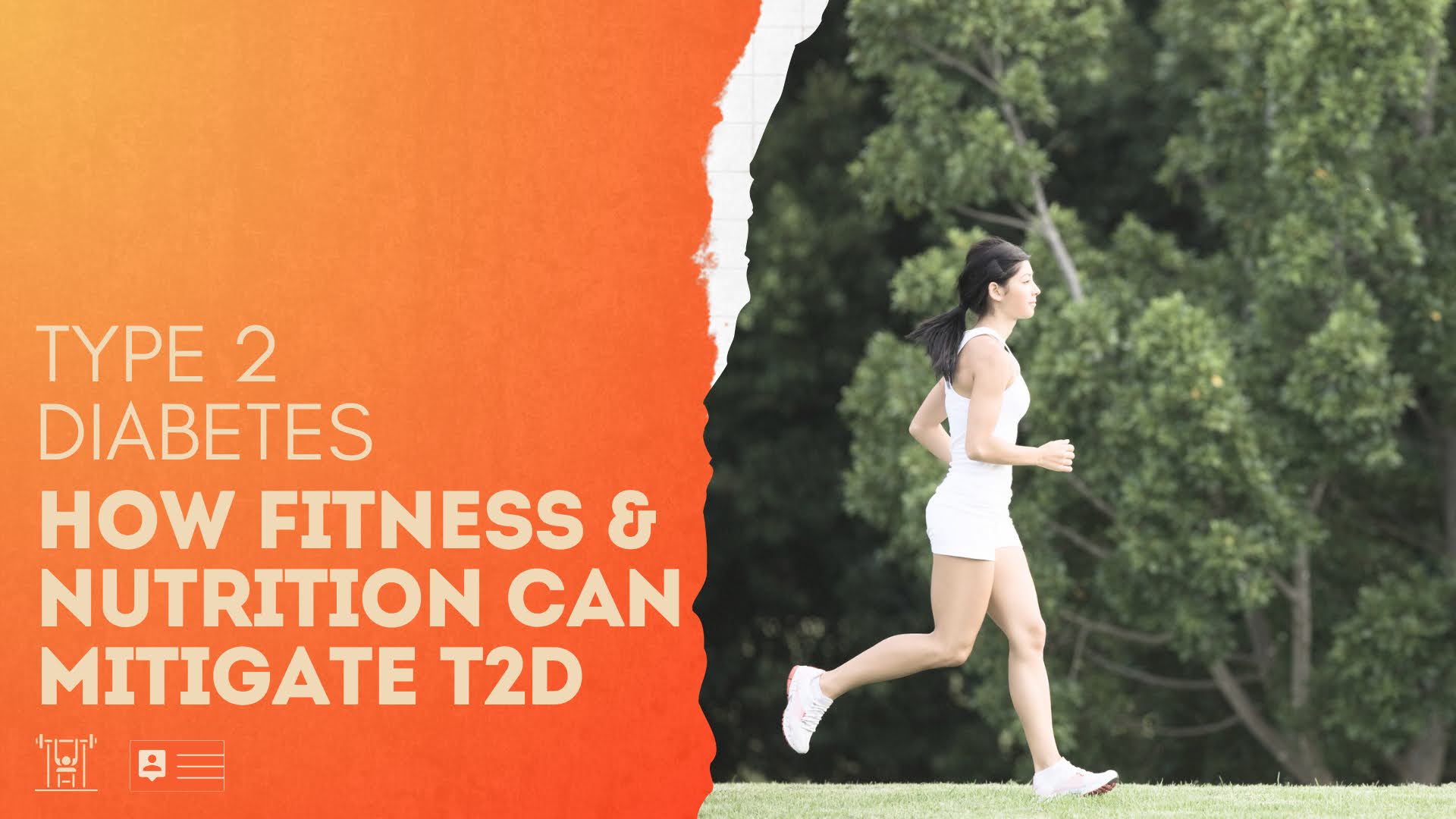
Type II Diabetes: How Fitness and Nutrition Can Mitigate and reverse t2d. Exclusive Member Article.
IF you want to prevent type 2 diabetes, or reverse it, if the damage has already been done, as it has for hundreds of millions of people around the world, you have three massively powerful and influential habits at your disposal. Welcome to another fact-based member-exclusive Strength By Fitness article.
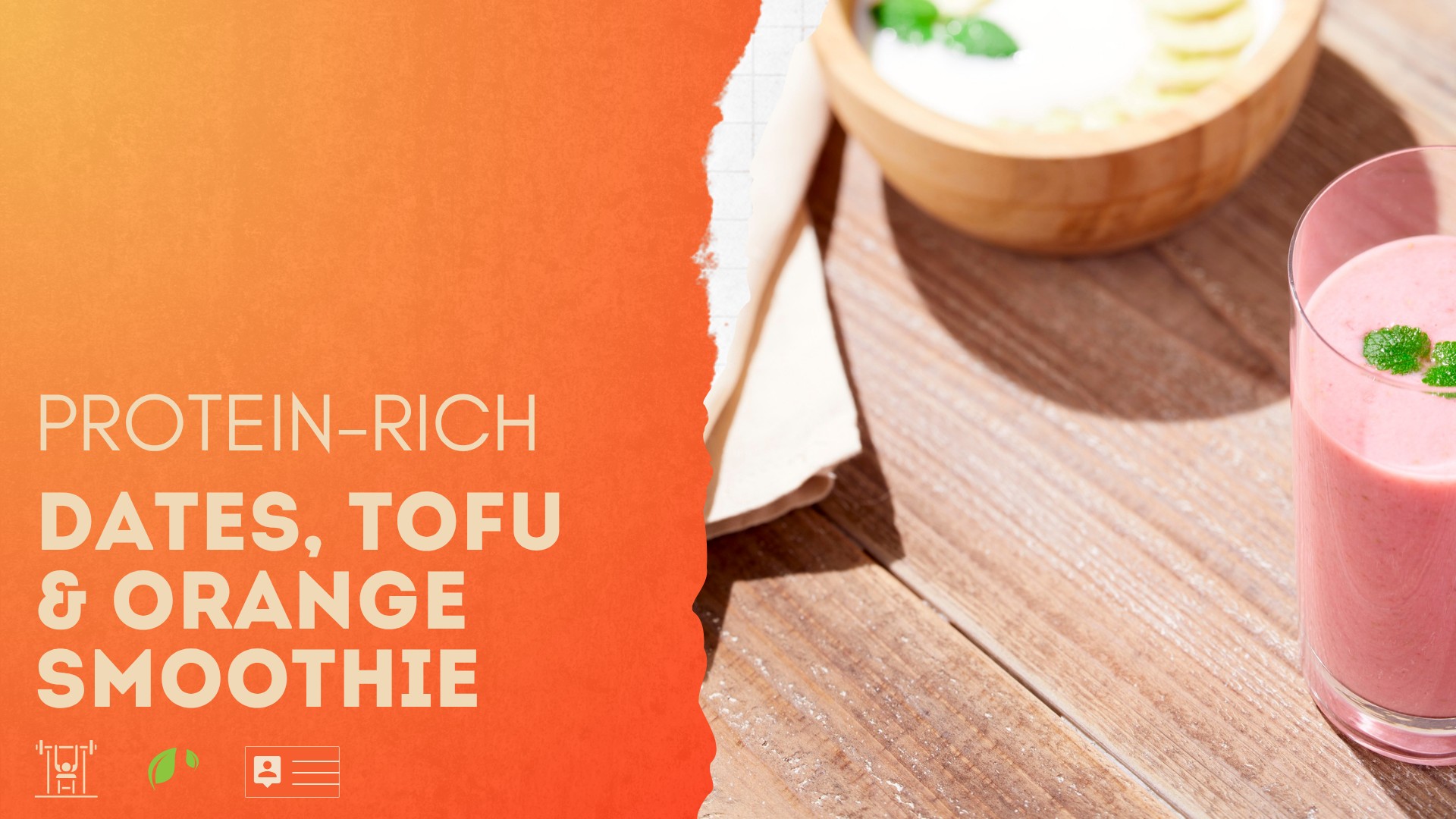
Members & Clients Recipe: Tofu, dates & orange smoothie. High SPC & Protein.
Our Tofu, dates & orange smoothie provides 56g of Protein, 22g of fiber, and a very high SPC between 66 & 80. That makes this another tasty Strength By Fitness winner. Paid Reader & Client Exclusive Recipe.

Quality Sleep Is Just Another Habit.
Quality sleep comes from a few key pillars in a healthy lifestyle.
Yes, quality sleep is just another habit we build over time with nothing more than our own choices. In this article, Coach Mike from Strength By Fitness will teach you how to do it too.
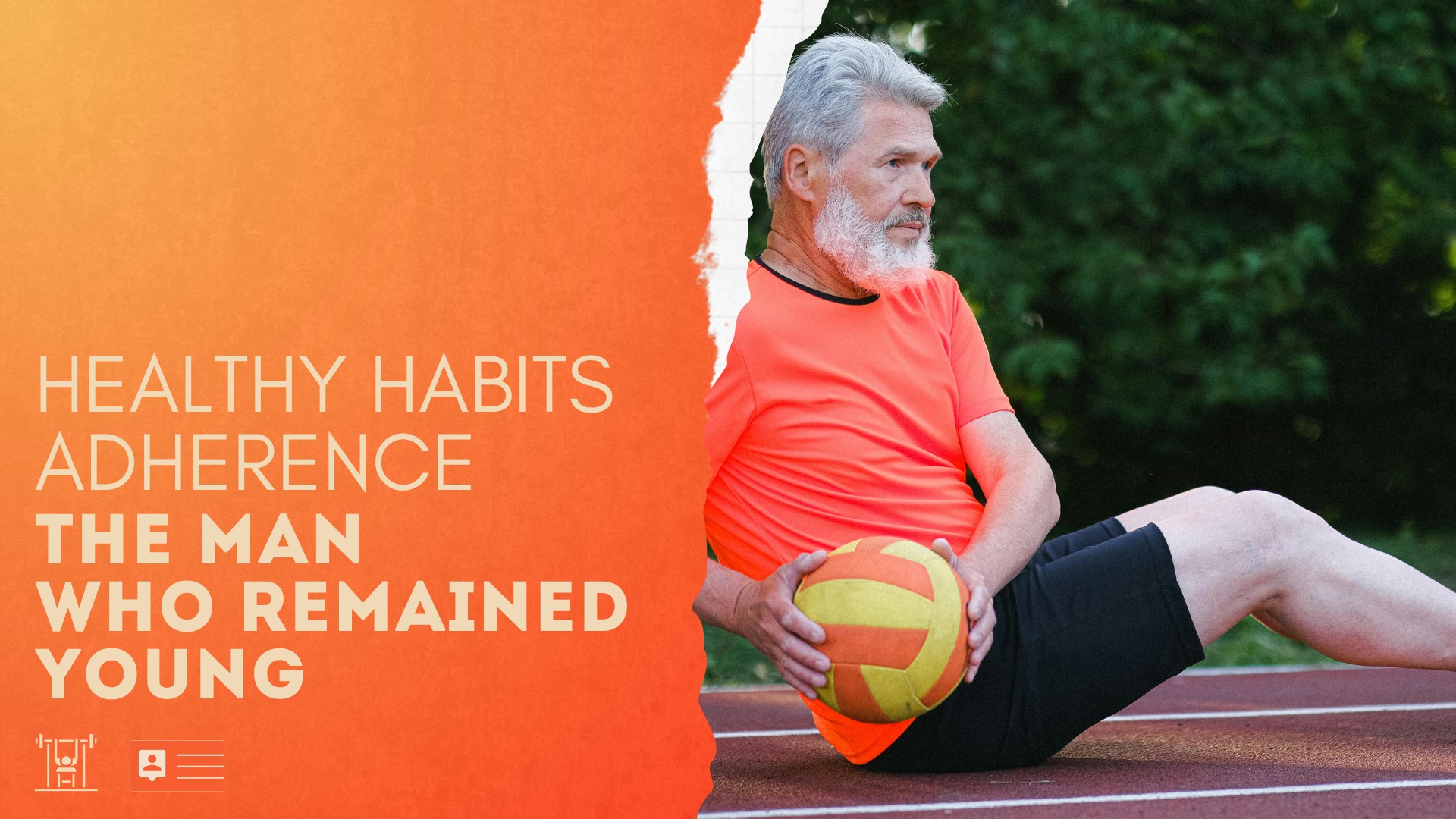
The Man Who Remained Young. Healthy Habits vs Ageing: Exclusive Member Article.
Strength training, injury-free, 80-year-old men can be as strong as a 35-year-old gym goer. And running is no different. All it takes are maintained habits. Exclusive Strength By Fitness Member Article. Join today, only 9$ Per Year.
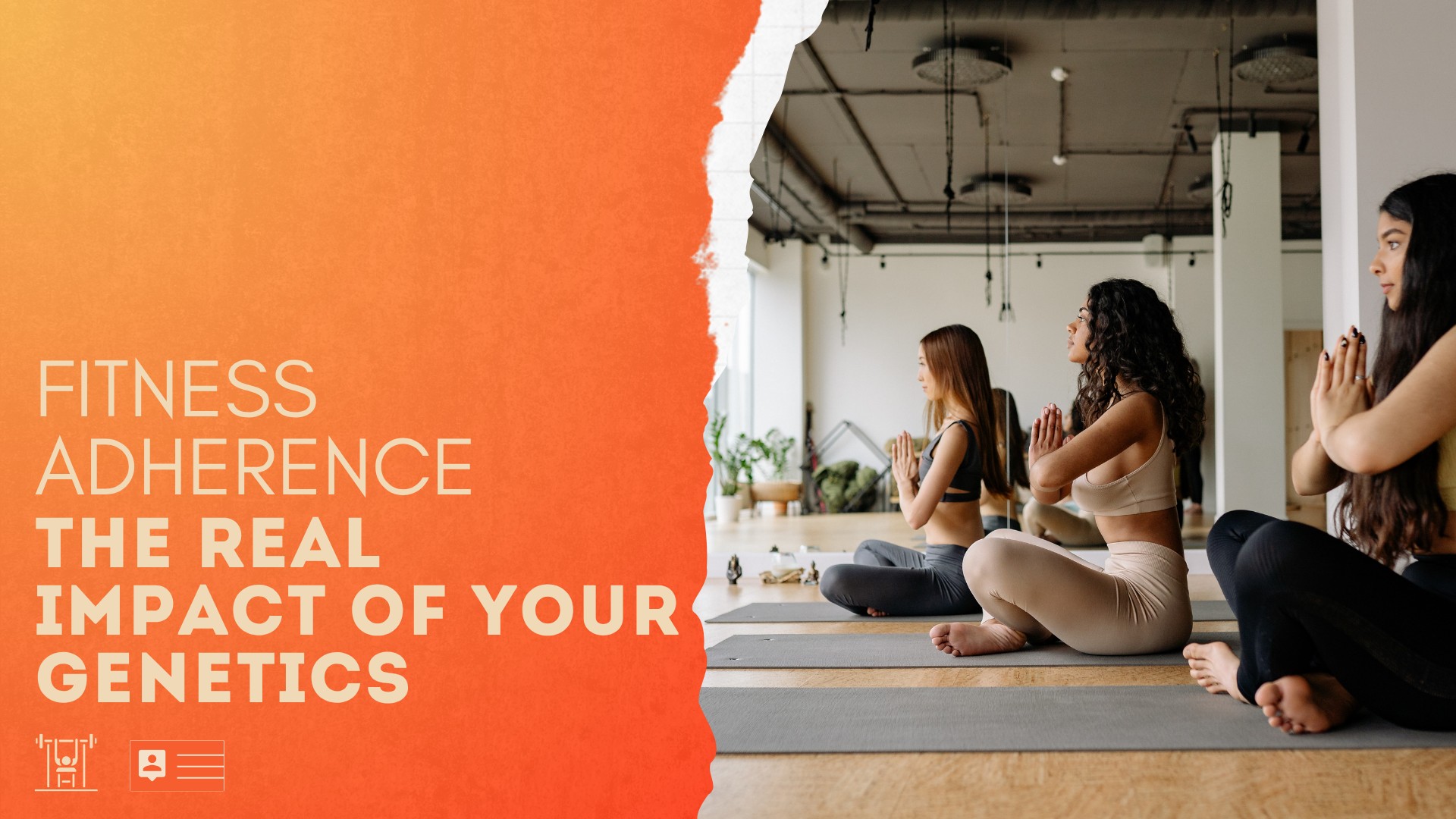
Genetics vs Fitness Habits: Part IV. Exclusive Member Article.
Good habits will always move everyone in the right direction. Your genes then decide just how far your ceiling goes. For every single person on the planet, this means becoming way healthier and fitter over time, and as long as you maintain those habits, the positive outcome won’t go away.
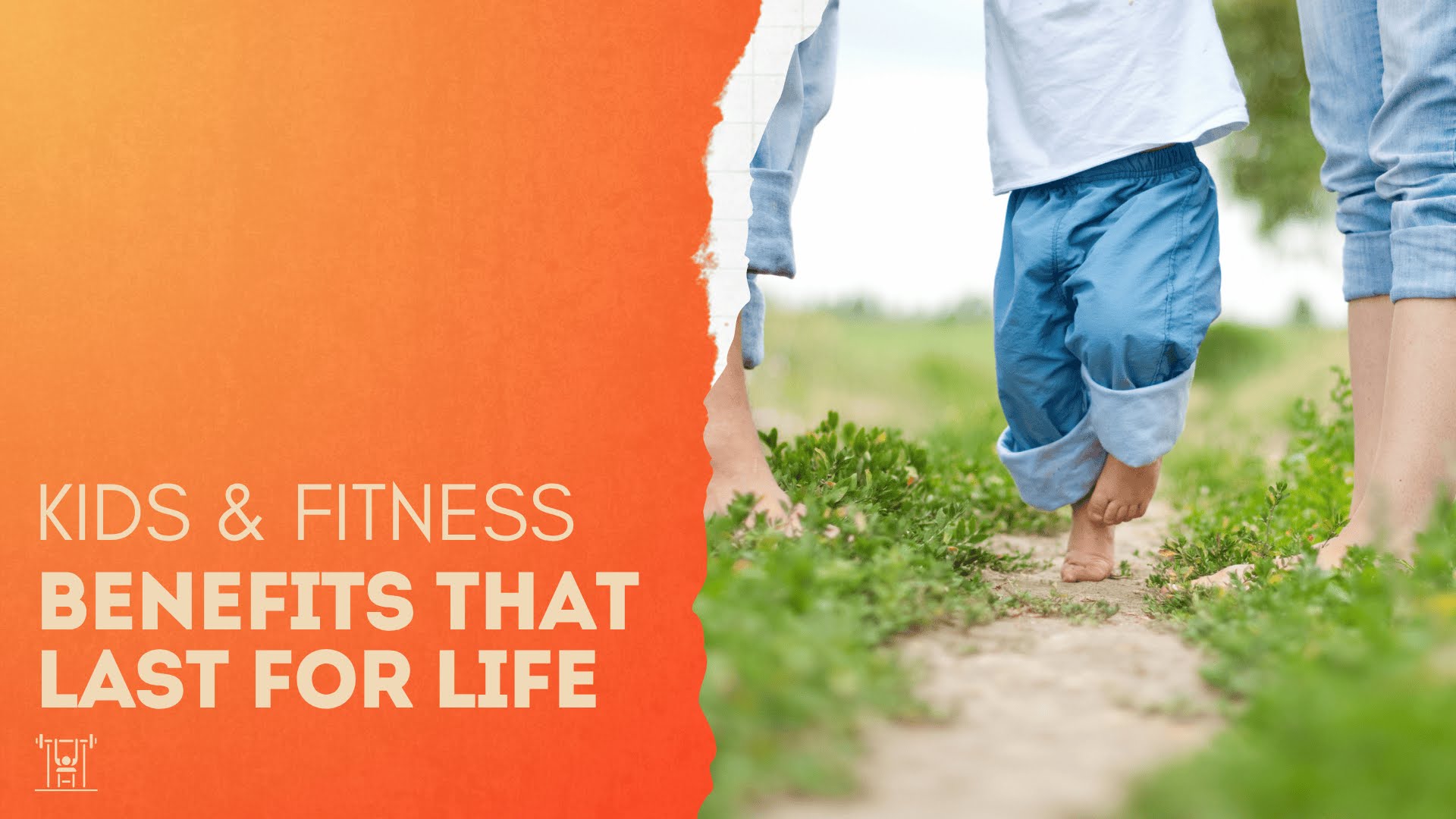
Regular Exercise Habits For Children Provide Massive Benefits All Through Life
Fitter kids rapidly become healthier kids.
These fitter and healthier kids eventually go on to become much fitter and healthier adults with a higher quality of life, better physical capacity, work performance, cognitive health, and ageing trajectories.
If they mainta…
We appreciate you
so stay healthy & never stop training
Contact
Private In-App Messaging is Available For All App + Coaching Clients
Adress
Coaching Is Available Online Via App on IOS & Google Play, and In-person, On-location.
Copyright 2025 Strength By Fitness.
